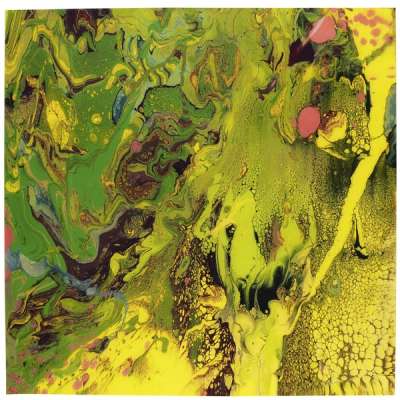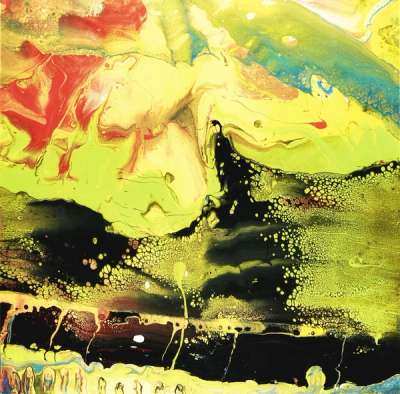
Flow (P6)

Flow (P6)
Unsigned Print
Gerhard Richter
£2,700-£4,000Value Indicator
$5,500-$8,000 Value Indicator
$4,850-$7,000 Value Indicator
¥24,000-¥35,000 Value Indicator
€3,200-€4,750 Value Indicator
$26,000-$40,000 Value Indicator
¥530,000-¥780,000 Value Indicator
$3,350-$5,000 Value Indicator
AAGR (5 years) This estimate blends recent public auction records with our own private sale data and network demand.
There aren't enough data points on this work for a comprehensive result. Please speak to a specialist by making an enquiry.
Medium: Digital Print
Edition size: 500
Year: 2014
Size: H 45cm x W 45cm
Signed: No
Format: Unsigned Print
TradingFloor
Track this artwork in realtime
Watch artwork, manage valuations, track your portfolio and return against your collection
Track auction value trend
Auction Results
| Auction Date | Auction House | Location | Hammer Price | Return to Seller | Buyer Paid |
|---|---|---|---|---|---|
| September 2020 | Sotheby's London | United Kingdom | |||
| March 2020 | Sotheby's London | United Kingdom | |||
| March 2019 | Christie's London | United Kingdom | |||
| June 2018 | Sotheby's Milan | Italy | |||
| September 2017 | Sotheby's London | United Kingdom | |||
| June 2016 | Wright | United States | |||
| April 2016 | Christie's London | United Kingdom |
Meaning & Analysis
Flow (P6) is the work of German artist Gerhard Richter. An unsigned print, it was issued in an edition of 500 in 2014 and belongs to the Flow series. This print references the artist's experimentations with diluted oil paints during the 2010s and depicts the abstraction for which the artist is known.
Altogether different in its relationship to abstraction and non-representation than other works in the Cage Prints, Cage f.ff and Cage Grid series, this print is saturated with a strong sense of movement, and indeed of the relative absence of any trace of its creator. We are used to seeing Richter’s abstract artworks as highly-complex paintings product of hours of deliberation, and an accretive painterly process that sees the artist add and subtract layers of paint with large, home-made ‘squeegees’. In this work, as in the rest of the Flow series, paint and colour moves independently, interacting with itself to leave a visual trace of fluid mechanics.
Destructive in the sense that it works to undo traditional methods of painting, this artwork can be seen as a direct relative of Richter’s many photorealist paintings, such as the world famous Betty. In these works, the rigid borders of form are elided by way of a ‘blurring’ technique. Commenting on his reasoning behind the blur technique, Richter once confessed: “I blur things so that they do not look artistic or craftsmanlike but technological, smooth and perfect. I blur things to make all the parts a closer fit. Perhaps I also blur out the excess of unimportant information.”
Hailing from Germany, Gerhard Richter has not been confined to one visual style. A testament to versatility and artistic diversity, Richter's work spans from photorealism to abstraction and conceptual art, and his portfolio is rich in varied media. From creating bold canvases to working on glass to distort the lines between wall-based art and sculpture, Richter has honed in on the blur technique to impart an ambiguity on his creations. To this day, Richter is one of the most recognised artists of the 20th century with his art having been presented in exhibitions worldwide. His global impact underscores his legacy as a trailblazer of artistic exploration.







